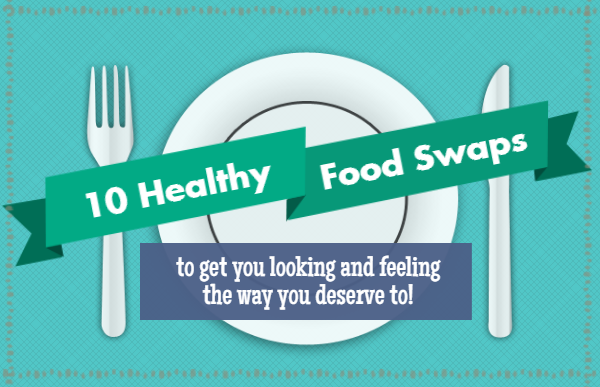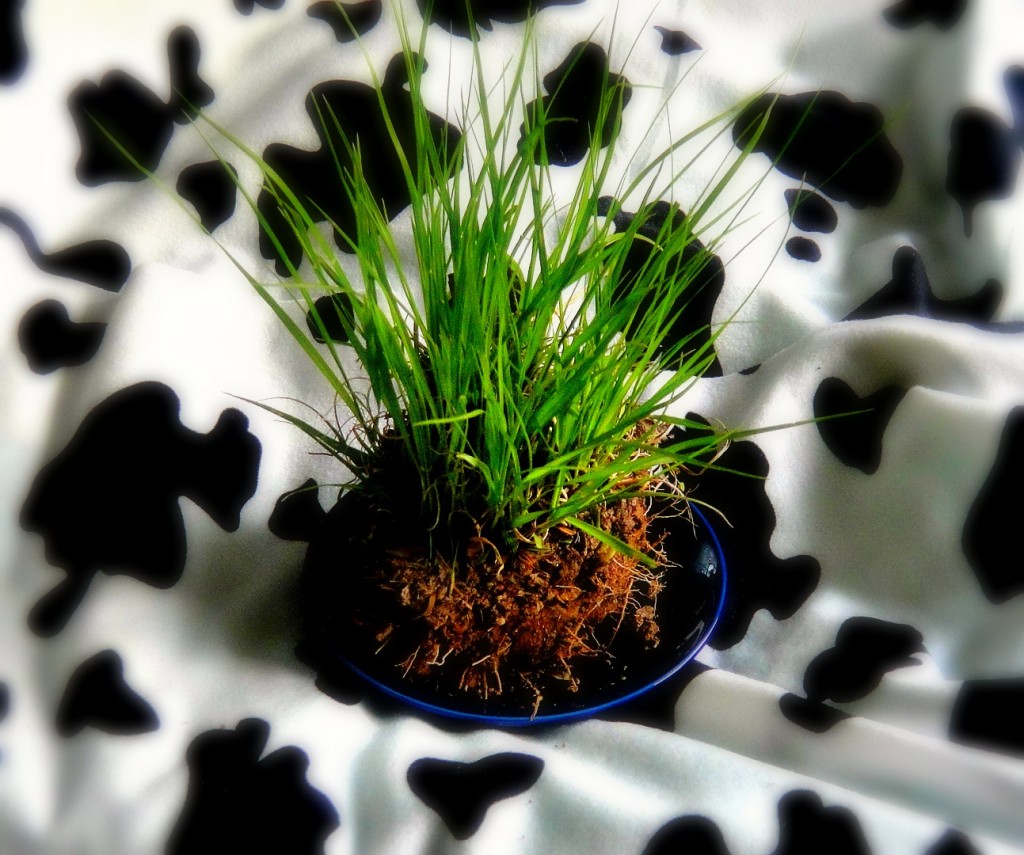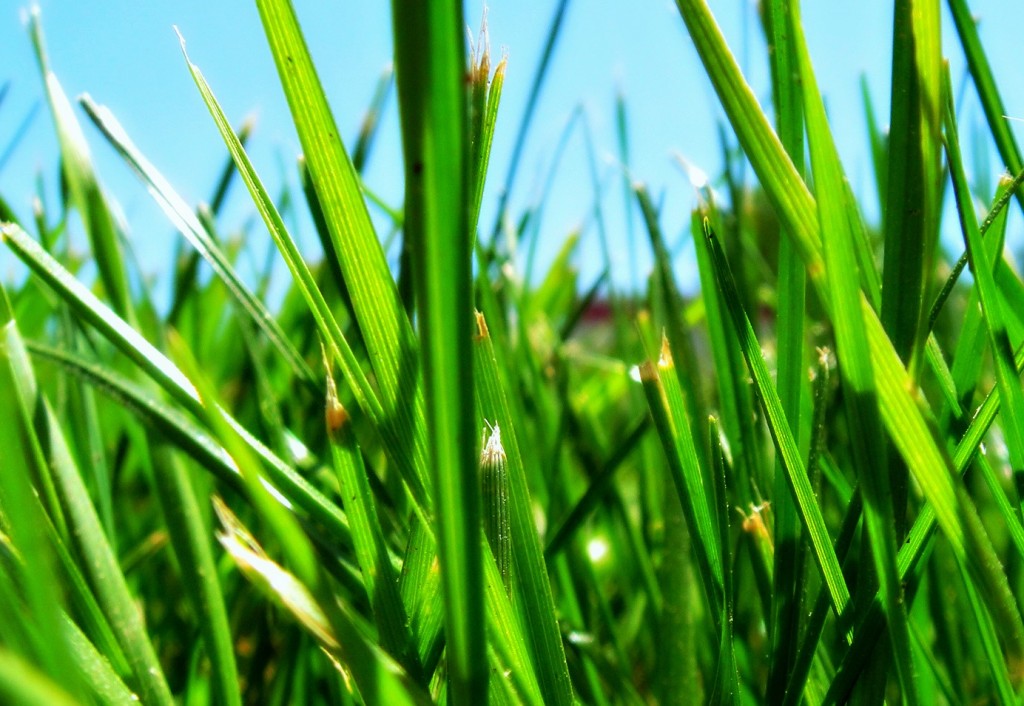Why Grass Fed Beef?
Everyone has a favorite food. Luckily for us, our ancestors hustled and bustled their way to the top of the food chain, securing a dietary legacy unmatched by any other creature on Earth. As omnivores (in America), we sit at the top of the mountain, the most difficult aspect of our eating experience is selecting what to eat from the thousands of available options. Each tier below us has an increasingly limited menu to select from, and a great number of Earth’s creatures subsist on only one or two items. While eating the same thing every day might seem boring to us, these animals couldn’t be more content, gratefully chomping away at what nature has pre-ordered off the menu for them.
Grass is something Americans usually associate with manicured golf courses and well-kept suburbian front yards. While we may find it important enough to wiggle our toes through when its warm outside, to some creatures, its everything. Ruminants, a class of animal including cow, sheep, and bison, decided long ago that grass was the only answer to ‘what’s for dinner?’ (and lunch, and breakfast). Cows like the stuff so much that they literally eat it all day, chewing and swallowing, regurgitating and chewing again. The word ruminant actually comes from the Latin word ruminare, which means ‘to chew over again’. While cows do often seem rather contemplative dining on their favorite food, its what’s happening inside their bodies that is actually pretty genius.
A cow’s digestive system has evolved brilliantly over thousands of years to turn green grass into usable energy. His teeth are designed for constant grazing, and his extra stomach (called a rumen) is set up with bacteria and enzymes whose sole purpose is to ferment blades of green grass and convert them into protein. Its a pretty good deal for the grass as well, as it will be redistributed (and simultaneously fertilized) wherever that cow decides to wander.
Travel up the food chain a few notches and you find humans (us!). We decided a long time ago that while eating green plants is a pretty good idea, our bodies aren’t designed to subsist solely off of them. Without that extra stomach, our digestive systems lack the efficiency to convert all that roughage into body mass. We cleverly concluded that since cows eat a lot of the green stuff, we could eat the cow and get the nutrients he got from the grass, plus some extra protein, fat, vitamins, etc.
Grass-Fed Beef?
Before WWII the term “grass-fed beef” didn’t exist. Cattle that were raised for human consumption were still happily eating their favorite food, and in the days when life was just a little bit slower, no one seemed to mind that it took a few years for those cows to grow to full size. Somewhere down the line, the thought arose that if you could only make a cow grow faster, you could sell more beef. Grass wasn’t making cows fat fast enough, but by slipping corn and soy onto their plates instead, a cow could now reach its appropriate slaughter rate in half the time. This speedy ‘beefing up’ process is also hurried along with a generous helping of steroids, hormones, and animal byproduct (not so accommodating to a vegetarian cow).
But just because an animal can eat something, doesn’t mean it should. Since cows are basically grass-eating machines, when their diet is changed to the aforementioned, they fall incredibly ill. The only way they are even able to stay alive long enough for us to use them for food is by administering high levels of antibiotics. 70% of the antibiotics used in the US (which is A LOT, by the way) go into animal feed. The good (?) news for the cow is that this bodybuilding feed-a-thon only takes about 150 days*, as veterinarians concur that any longer would kill them.
Putting all moral and ethical issues aside, cows made to eat a diet so biologically unnatural are less nutritious for humans to eat. Green grass contains high levels of Omega 3s, which end up concentrated in the tissues of animals that are lucky enough to eat it. This beef will contain 2-4 times the amount of Omega 3 fatty acids found in not-so-lucky animals fed corn and soy. In fact, if you were to choose dinner solely off of a foods Omega 3 content, a grass-fed steak would beat a farm-raised salmon.
Grass-fed meat and dairy provide the best source of CLA, or Conjugated Linoleic Acid, a potent antioxidant with cancer-fighting properties. While grain-fed cows are supplemented with vitamin E, their grass-eating counterparts will still have 4 times the amount (even without supplementation). You will also find more vitamin A, B vitamins Thiamin and Riboflavin, magnesium, calcium, and potassium.
Consuming red meat has in recent years received heavy criticism from our mainstream media and public health organizations. I’d suggest taking those recommendations with a grain of salt (or corn), however, as manipulating a creature’s natural diet will completely change its nutrient composition. As we’ve all heard before, you are what you eat. And in the words of food writer Michael Pollan, “You are what you eat eats”. How absurd is it really that beef would ever have to be labeled as “grass-fed”. That terminology certainly would have sounded redundant to our ancestors… Maybe we ought to just sit back and chew on that for a while.
*All cows start off eating grass for the first 6-12 months of their lives, and are transitioned to a corn/soy based diet when they are moved to factory farms
other sources:
Michael Pollan, The Omnivores Dilemma




Have you ever thought about publishing an ebook or guest authoring on other blogs? I have a blog based upon on the same ideas you discuss and would really like to have you share some stories/information. I know my subscribers would enjoy your work. If you’re even remotely interested, feel free to shoot me an e mail.
that email didn’t work, would potentially be interested however.